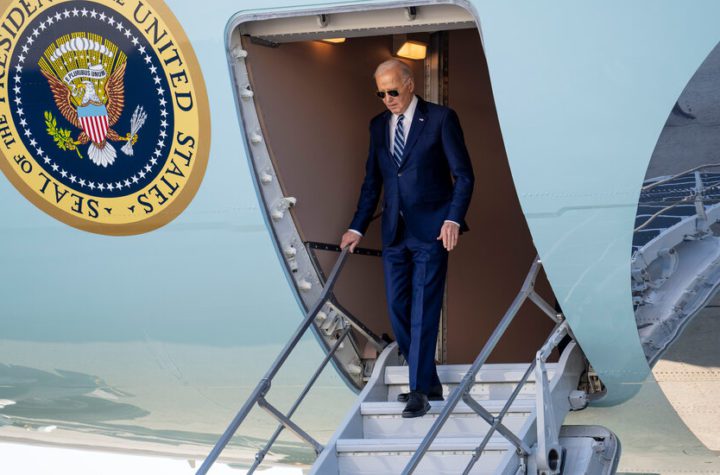The launch comes as NASA and Russia continue to investigate why two Russian spacecraft — one designed for human spaceflight and the other solely for cargo — emit eerily similar refrigerant leaks within two months of each other while plugged into the space station. Russia launched a replacement capsule to the station on Thursday to retrieve a pair of Russian cosmonauts and a NASA astronaut. That capsule docked on Saturday night.
Since May 2020, when it sent a pair of NASA astronauts on a test flight to the station, SpaceX has flown a series of human spaceflight missions that have involved professionally trained astronauts representing their governments as well as many private citizens.
In 2014, when NASA awarded contracts to Boeing and SpaceX to design and build spacecraft to carry NASA astronauts to the orbital outpost, most in aviation thought Boeing would fly first. But it didn’t turn out that way.
While SpaceX continued to provide reliable crew and cargo service to the station, Boeing struggled to get off the ground. But Boeing hopes to finally launch its first crew on a test flight to the station as early as April. That would give NASA two service providers, and a backup in case the company falters—a point driven home recently by the Russian spacecraft leak.
The launch of Crew-6 — which includes NASA astronauts Stephen Bowen and Warren Hoburg, Emirati astronaut Sultan Al Neyadi and Russian cosmonaut Andrei Fedyaev — comes just two days after the Russian replacement spacecraft arrived at the station. Last month, Russia determined the Soyuz MS-22 capsule was unsafe to return its crew to Earth after a coolant leak from a coolant loop. Another Russian spacecraft, this one designed only for cargo, not astronauts, also suffered a similar leak. Engineers from NASA and Russia continue to investigate the cause of the problems.
“It’s still an ongoing assessment. They’re still looking really hard at all the information that they have on both spacecraft to try to understand if there’s Any common cause or something else could be a causal factor and the presence of two radiator panel leaks.”
She added that Russian officials at Roscosmos, the Russian space agency, “share information with us.” Roscosmos, Russia’s space agency, also conducted another set of inspections on the rescue spacecraft launched last week to recover NASA astronaut Frank Rubio as well as Russian cosmonauts Sergey Prokopyev and Dmitry Petlin. She said, “Look at it.” “They looked at the radiators, the solar arrays, and they couldn’t find anything abnormal at all. But that doesn’t mean they’re done with the investigation.”
While Boeing is still pushing toward its first human spaceflight mission with its Starliner spacecraft, SpaceX has raced forward, launching several crews into orbit, continuing an unparalleled fast pace that included 61 orbital launches last year, mostly for its Starlink constellation. satellite online. This year, the company says it’s pushing for as many as 100 flights.
“Above all else, the priority is crew flights and crew safety,” said Benji Reid, senior director of human spaceflight programs at SpaceX. And also fulfill our obligations to ensure crew rotation on the space station. That will always take precedence over any of the other flights.”
The company is now preparing to launch Starship, its massive, two-stage, fully reusable rocket that will become the most powerful rocket ever. The Starship launch, which is still awaiting FAA approval, could come as early as next month from the company’s facility in south Texas on the Gulf of Mexico.
NASA will be watching to see how the vehicle performs. The space agency is investing $2.9 billion in the vehicle and intends to use it to ferry astronauts to and from the lunar surface as part of its Artemis program.

“Infuriatingly humble analyst. Bacon maven. Proud food specialist. Certified reader. Avid writer. Zombie advocate. Incurable problem solver.”








More Stories
Why did Saturn’s moons remain hidden from view?
Mars helicopter home after 63 days of silence • The record
NASA’s innovative Mars Helicopter finally calls home